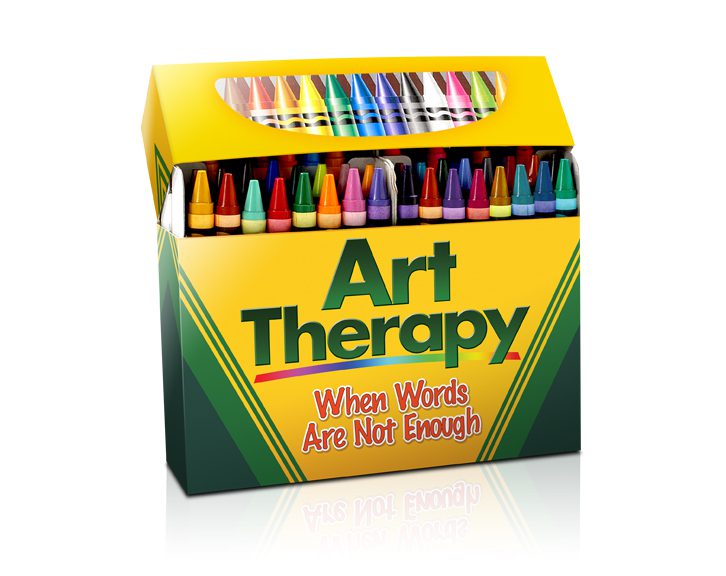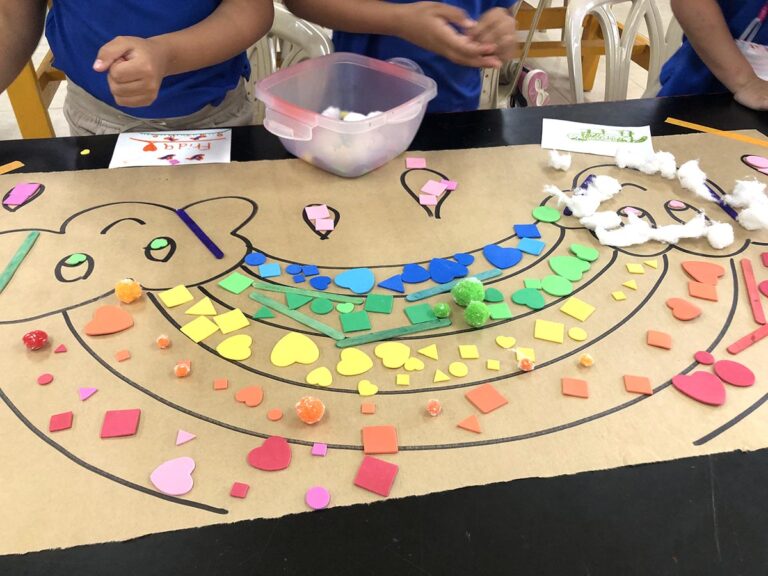One of the sessions I recently attended at the Iowa Art Educator’s Conference was on Art Therapy. Art teachers are always trying to come up with new and exciting ways to engage students and reach all of our students who have unique needs. Because I knew very little about art therapy in general, this session was important for me to gain some new knowledge and bring back a few quick lessons to use with my students if/when the situation arises.
All art can be thought of as therapy. When we make art, a part of us is on that paper, and something inside us comes out in the artwork. I learned the even without knowing it, our “STUFF” (emotional baggage) always needs a way to come out and it always will. It just depends on the outlet in which it’s expressed.
This year, we’ve had some extra special behaviors at school, and I can’t help but think some of these strategies might work for kiddos who have some “stuff” that needs to come out.
I also learned that in art therapy the artwork can become a legal document, which was interesting to me. Just as a student could describe to a counselor his or her emotions or feelings using words, when these are put into an art form, the actual art becomes an artifact of that student’s development and healing. So very interesting!
Here are few quick and simple art therapy strategies I learned through this season, as well as some I’ve used in my classroom, to help students use art to express feelings or just to decompress. I am sure if you talked to your school counselor they also may have some tips they have used to integrate art and counseling to benefit students.
4 Simple Art Therapy Strategies to Use in the Classroom
1. Art Wall
Create an “Art Wall” for a student or students by putting butcher paper on the wall. Students can draw or collage onto the paper to add to the mural at any time. It’s a constant work in progress that can change and evolve during a student’s “break” or “cool down” time.
2. Tearing Paper
Have students tear two objects out of paper that relate to one another. Then ask them to describe the following: What is the relationship between these objects? What is one word you could use to describe the interaction between these two objects?
3. Start with a Line
Have a student close their eyes and draw a line. Next, have them look at that line and make something out of it. What did they see and make out of their line? Ask them to describe why they think they made the choices they did.
4. Emotions Painting
Divide a piece paper into 6 or 8 squares by folding. Have students write an emotion at the bottom of each square. Using watercolor paints, students must paint any design they think represents this emotion, using the colors of their choice. Have them describe their favorite to a neighbor.
Hopefully, these simple strategies can help your students to express emotions in new ways.
What are other art therapy strategies you’ve tried?
Magazine articles and podcasts are opinions of professional education contributors and do not necessarily represent the position of the Art of Education University (AOEU) or its academic offerings. Contributors use terms in the way they are most often talked about in the scope of their educational experiences.





